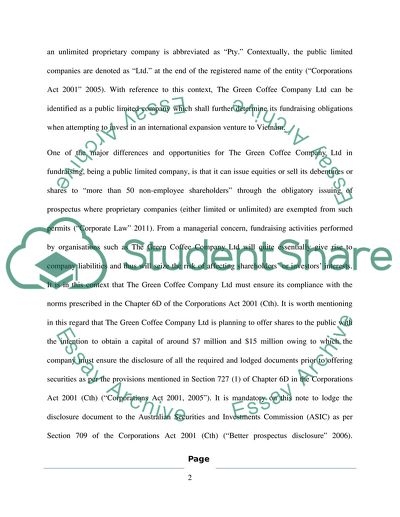Cite this document
(“Corporate Fundraising Essay Example | Topics and Well Written Essays - 1750 words - 4”, n.d.)
Retrieved from https://studentshare.org/law/1621756-corporate-fundraising
Retrieved from https://studentshare.org/law/1621756-corporate-fundraising
(Corporate Fundraising Essay Example | Topics and Well Written Essays - 1750 Words - 4)
https://studentshare.org/law/1621756-corporate-fundraising.
https://studentshare.org/law/1621756-corporate-fundraising.
“Corporate Fundraising Essay Example | Topics and Well Written Essays - 1750 Words - 4”, n.d. https://studentshare.org/law/1621756-corporate-fundraising.


